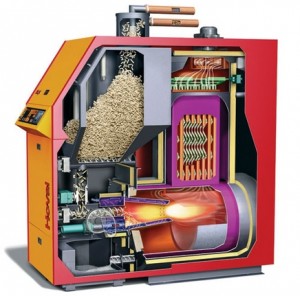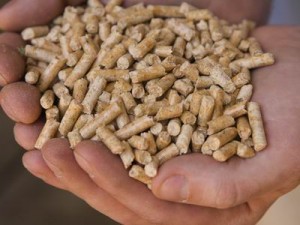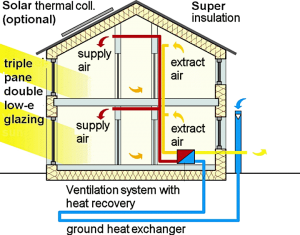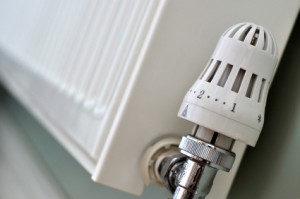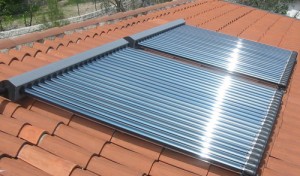Wood Pellet Boilers
The installation of a wood pellet Boiler is similar to that of any central heating boiler or stove. It requires a flue and a fresh air supply to be installed for safe and efficient combustion. Stoves contain an integrated fuel hopper that must be filled manually. Once full, the hopper automatically supplies fuel to the stove, allowing it to operate independently for around 20-40 hours.
For boilers or larger systems which require a greater fuel input, you may decide to site your storage facility adjacent to the boiler and install a completely automatic fuel feed system, such as an auger, so that you do not have to re-fill the hopper manually.
The main benefit of these systems are:
- Wood is a “carbon neutral” fuel
- Installing a wood pellet boiler in your house can reduce your carbon emissions by two thirds.
Wood pellet systems can have a high net efficiency of about 93%.
To give a general idea of price – the cost to supply and install a 25kW system in your home would generally be in the region of about €13,000 including VAT.

